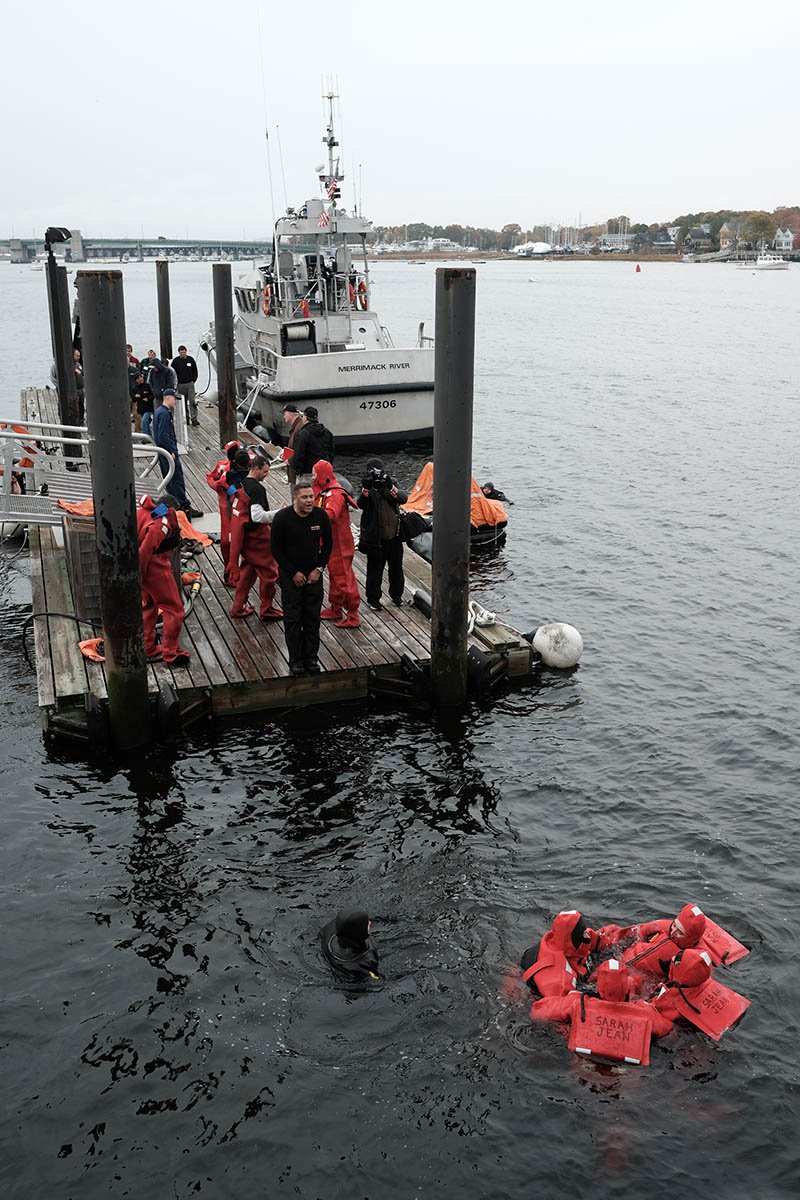The National Institute for Occupational Safety and Health recently released an update to a series of regional reports on commercial fishing fatalities.
This update focuses on incidents between 2010 and 2014, updating the original reports that focused on incidents between 2000 and 2009.
“While there is progress being made to reduce risk and save lives, and that progress is cause for celebration, much more can and should be done to further prevent loss of life in this important industry,” said NIOSH epidemiologist Devin Lucas.
In West Coast fisheries, 30 deaths occurred during the five-year update period. There was a notable decrease in fatal falls overboard from the previous period. Vessel disasters caused 60 percent of fatalities while diving incidents and falls overboard were the next most common at 18 percent each.
In Alaska fisheries, 45 deaths were recorded. Compared to the first 10 years of the study, there has been a decrease in the frequency of fatal vessel disasters and an increase in the number of fatal onboard injuries. Vessel disasters accounted for 33 percent of all deaths during the update period, with most victims working in skiffs. Drowning following a fall overboard was the second leading cause of death at 31 percent.
In East Coast fisheries, 60 deaths were recorded. In the first 10 years, the majority of fatalities were caused by vessel disasters, but in the update period vessel disasters and falls overboard resulted in the same number of fatalities: 22, or 37 percent of total deaths each.
In Gulf of Mexico fisheries, 49 fatalities were recorded. Falls overboard was the leading cause of fatalities in the first 10 years of the study but vessel disasters lead in the update period. Vessel disasters accounted for half of all fatalities, while drowning after falling overboard accounted for 27 percent.
NIOSH will present their findings at Pacific Marine Expo Nov. 16-18 in Seattle. Full reports can be found on the NIOSH website.







